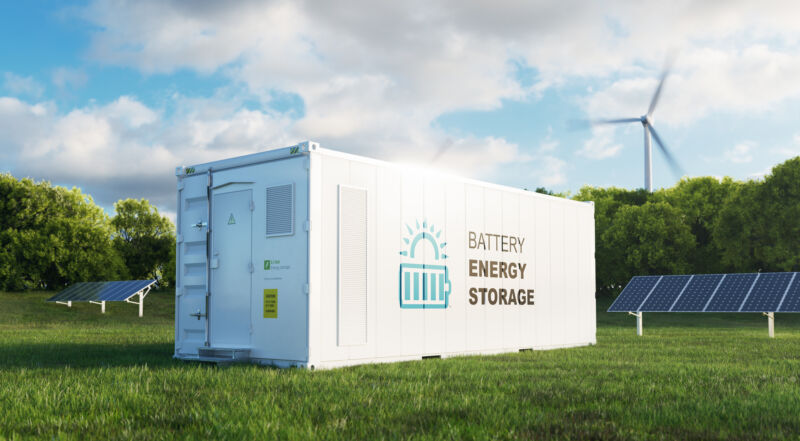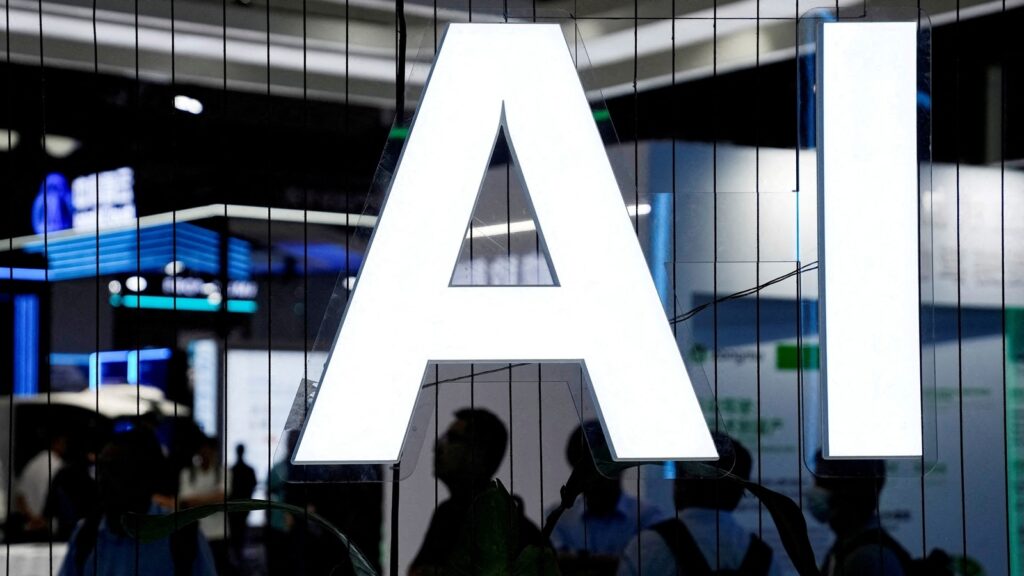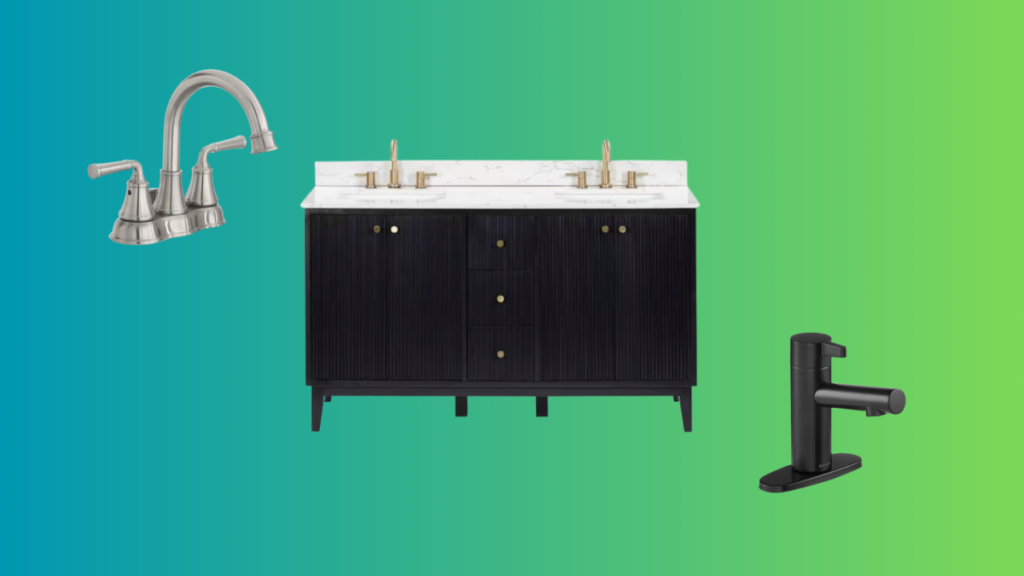
As energy utilities and industrial firms search to make use of extra renewable power, the marketplace for grid-scale batteries is increasing quickly. Options to lithium-ion expertise might present environmental, labor, and security advantages. And these new chemistries can work in markets like the electrical grid and industrial purposes that lithium does not deal with properly.
“I feel the marketplace for longer-duration storage is simply now rising,” mentioned Mark Higgins, chief industrial officer and president of North America at Redflow. “We’ve got quite a lot of… very fast scale-up within the kinds of initiatives that we’re engaged on and the scale of initiatives that we’re engaged on. We’ve deployed about 270 initiatives world wide. Most of them have been small off-grid or remote-grid programs. What we’re seeing at the moment is rather more grid-connected kinds of initiatives.”
“Demand… appears to be growing on daily basis,” mentioned Giovanni Damato, president of CMBlu Vitality. Media projections of progress on this house are big. “We’re actually excited in regards to the alternative to… simply be capable of play in that house and supply as a lot capability as doable.”
New industrial markets are additionally changing into energetic. Chemical vegetation, metal vegetation, and steel processing vegetation haven’t been in a position to deploy renewable power properly thus far attributable to batteries’ hearth hazards, mentioned Mukesh Chatter, co-founder and CEO of Alsym Vitality. “While you already are producing quite a lot of warmth in these vegetation and there’s a danger of fireplace to start with, you don’t need to deploy any battery that’s flammable.”
Chatter mentioned that the definition of long-duration power storage shouldn’t be agreed upon by business organizations. Nonetheless, there are a variety of potential contenders creating storage for this market. Right here, we’ll take a look at Redflow, CMBlu Vitality, and BASF Stationary Vitality Storage.
Zinc-bromine batteries
Redflow has been manufacturing zinc-bromine circulate batteries since 2010, Higgins mentioned. These batteries don’t require the important minerals that lithium-ion batteries want, that are generally from components of the world which have unsafe labor practices or geopolitical dangers. The minerals for these zinc-bromine batteries are reasonably priced and straightforward to acquire.
Movement batteries comprise liquid or gaseous electrolytes that circulate by way of cells from tanks, in response to the International Flow Battery Forum website:
The interconversion of power between electrical and saved chemical power takes place within the electrochemical cell. This consists of two half cells separated by a porous or an ion-exchange membrane. The battery will be constructed of low-cost and available supplies, corresponding to thermoplastics and carbon-based supplies. Many components of the battery will be recycled. Electrolytes will be recovered and reused, resulting in low value of possession.
Constructing these will be fairly totally different from different batteries. “I might say that our manufacturing course of is rather more akin to… an automotive manufacturing course of than to [an] electronics manufacturing course of… like [a] lithium-ion battery,” Higgins mentioned. “Basically, it’s assembling batteries which are made out of plastic tanks, pumps, followers, [and] tubing. It’s a circulate battery, so it’s a liquid that flows by way of the system that goes by way of {an electrical} stack that has cells in it, which is the place most of Redflow’s mental property resides. The remainder of the battery is all… components that we will get hold of nearly anyplace.”
The charging and discharging occur inside {an electrical} stack. Within the stack, zinc is plated onto a carbon floor in the course of the charging course of. It’s then dissolved into the liquid in the course of the discharging course of, Higgins mentioned.
The zinc-bromine electrolyte is derived from an industrial chemical that has been used within the oil and fuel sector for a very long time, Higgins added.
This battery can’t catch hearth, and all of its components are recyclable, Higgins advised Ars. “You don’t have any of the poisonous supplies that you simply do in a lithium-ion battery.” The electrolyte liquid will be reused in different batteries. If it’s contaminated, it may be utilized by the oil and fuel business. If the battery leaks, the contents will be neutralized shortly and are subsequently not hazardous.
“Proper now, we manufacture our batteries in Thailand,” Higgins mentioned. “The method and wages are all truthful wages and we comply with all related environmental and labor requirements.” The most important sources of bromine come from the Lifeless Sea or inside america. The zinc comes from Northern Europe, america, or Canada.
The batteries usually use an annual upkeep program to exchange elements that put on out or fail, one thing that’s not doable with many different battery sorts. Higgins estimated that two to 4 years down the highway, this expertise will likely be “utterly aggressive with lithium-ion” from a value perspective. Some authorities grants have helped with the commercialization course of.


